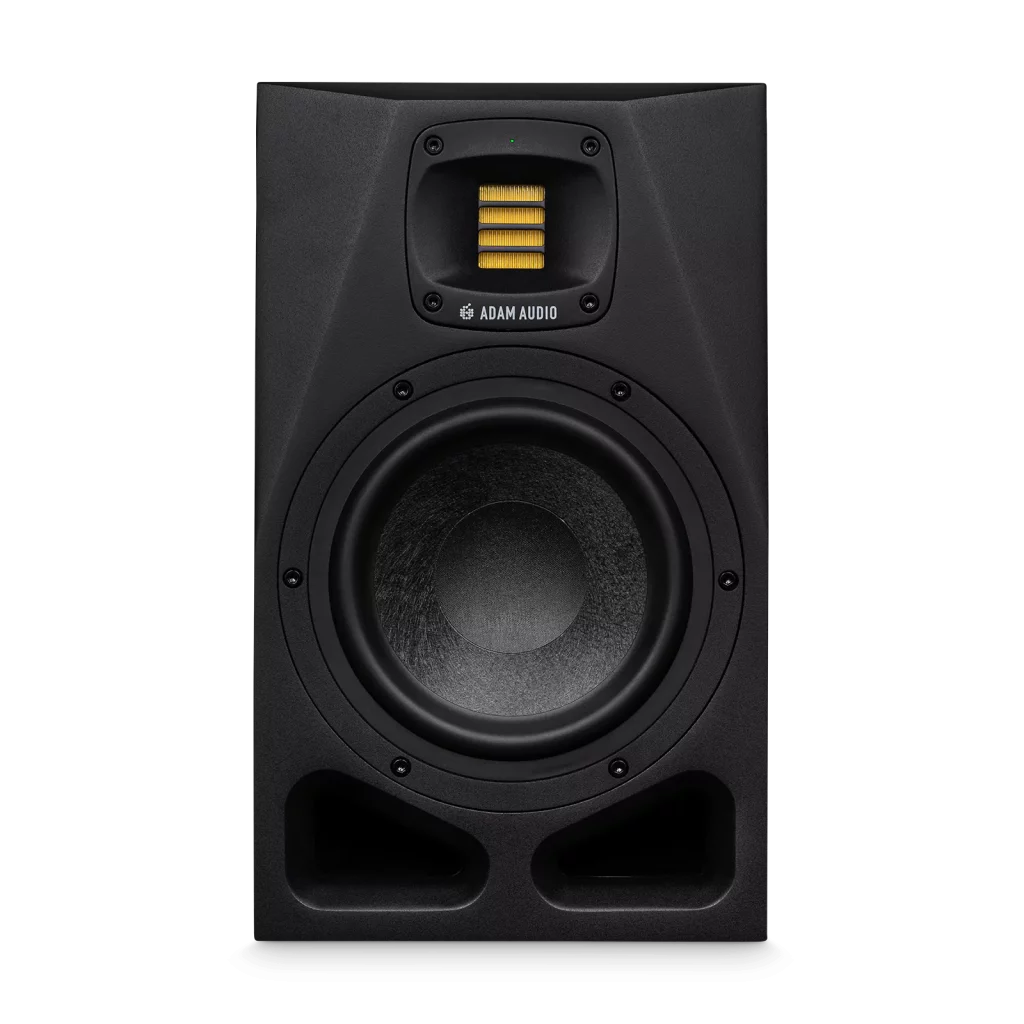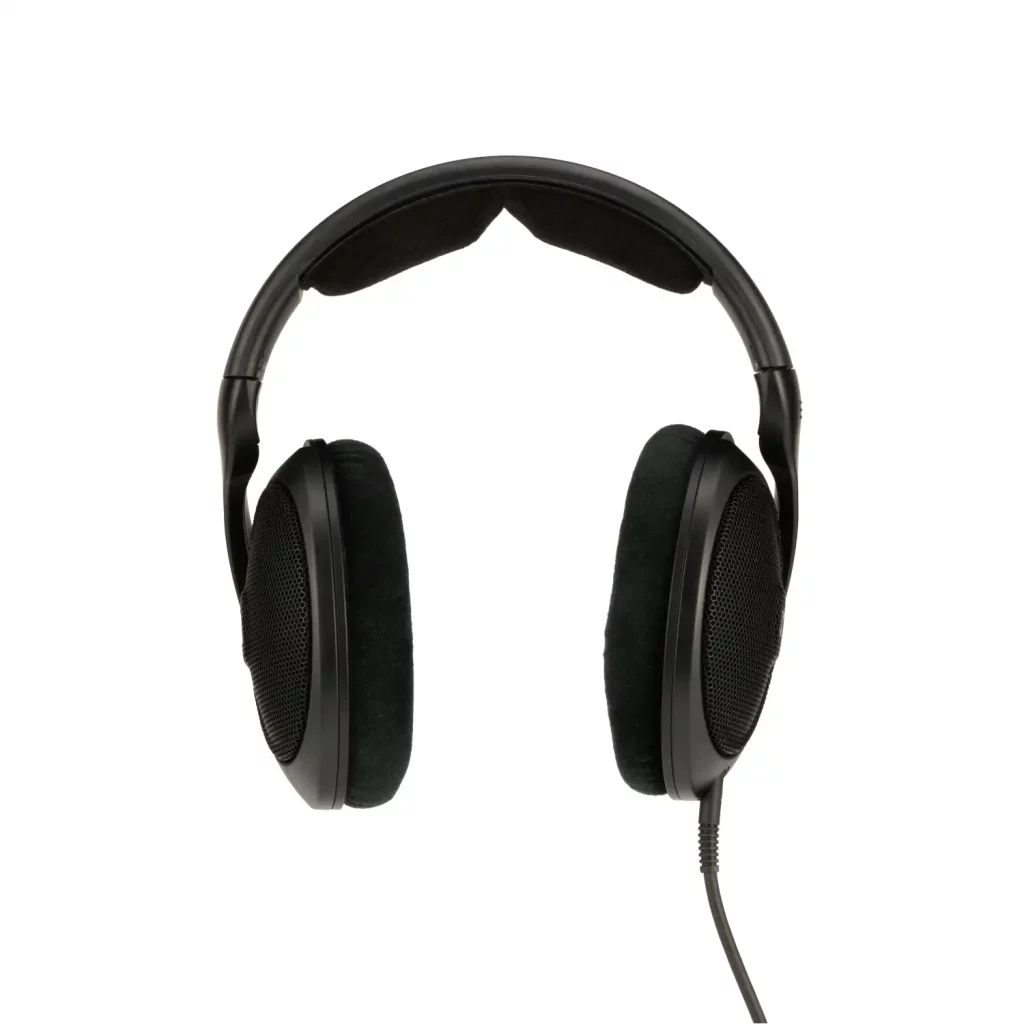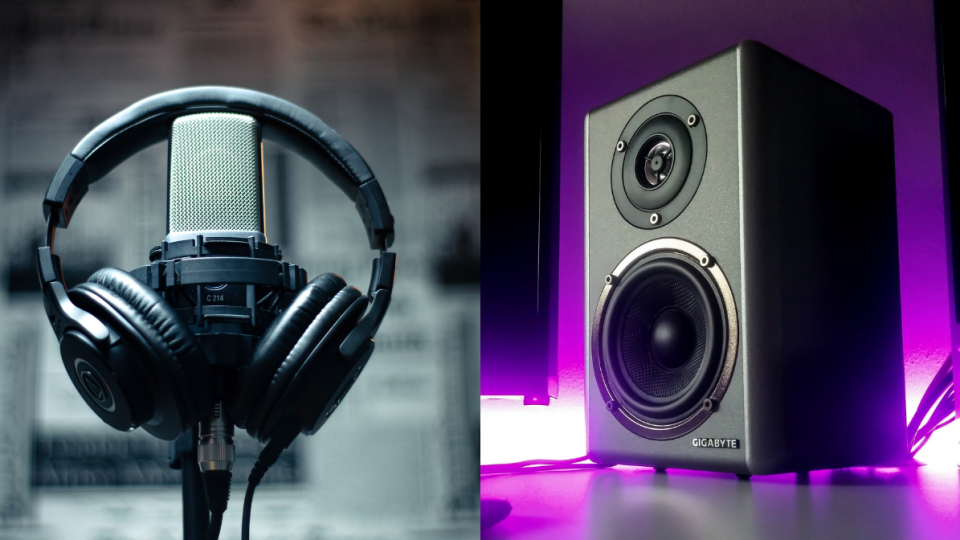Mixing in headphones or studio monitors – Which is better?
The mixdown of all of your music ideas into one single well-balanced file is an artform in itself. But what are the best tools for translating these sounds to your ears in the best possible light?
On one hand we have the mighty studio monitor, which has been the industry standard tool for this purpose for an age – and on the other we have the headphone, which in recent years and huge leaps forward in technology, can represent the full range audio spectrum and are even marketed toward mixdown engineers for this very purpose.
Lets do a deep dive into both of these technologies, see if we can uncover some pros and cons for each, and identify which one might be right for you!
Mixing down on studio monitors

Pros of mixing down on studio monitors:
- More accurate to life – Studio monitors are designed to provide a flat frequency response, which means they reproduce sound with minimal coloration or bias. This accuracy allows you to hear your audio recordings as they truly are, helping you make precise decisions during the mixing process. When you aim for a mix that translates well to various playback systems (like headphones, car speakers, and home stereos), studio monitors are an invaluable tool.
- Arguably more fun – Mixing on studio monitors can be an engaging and immersive experience. The soundstage they provide can make you feel like you’re inside the music, which can make the mixing process more enjoyable. Musicians and producers often find this immersive quality inspiring, as it allows them to connect more deeply with their music and make creative decisions with enthusiasm.
- Better for in person collaboration – If you’re working with other musicians, producers, or engineers in a studio environment, studio monitors are essential for effective collaboration. They allow everyone in the room to hear the music in a consistent and accurate manner, facilitating productive discussions and making it easier to reach a consensus on mixing decisions.
- Less physically restrictive – Mixing on studio monitors is less physically fatiguing compared to using headphones for extended periods. With headphones, you might experience discomfort or ear fatigue, whereas studio monitors allow you to move around, take breaks, and maintain a more relaxed posture, which can lead to more productive and enjoyable mixing sessions.
Cons of mixing down on studio monitors:
- Loud enough to annoy the neighbors – Studio monitors can generate significant sound pressure levels, especially when you need to hear low frequencies accurately. This volume can be problematic if you live in a residential area or an apartment building, as it may disturb your neighbors. To mitigate this issue, you may need to restrict your mixing sessions to specific hours or invest in sound isolation solutions for your studio space.
- Not great in untreated rooms – Studio monitors are highly sensitive to the acoustics of the room they’re in. In untreated rooms, sound reflections, standing waves, and resonance can negatively impact the accuracy of what you hear. This can lead to incorrect mixing decisions, as you might compensate for room-induced issues rather than addressing the actual audio problems. To make the most of studio monitors, you may need to invest in acoustic treatment, such as bass traps and diffusers, to create a more controlled listening environment.
Mixing down in headphones

Pros of mixing down in headphones:
- Portability! Mix on the move, anywhere – One of the most significant advantages of mixing in headphones is the ability to work on your music virtually anywhere. You’re not tied to a specific studio or room with acoustically treated walls. This portability can be a game-changer for musicians and producers who travel frequently or prefer to work in different locations for inspiration.
- No annoying the neighbours – Unlike studio monitors, headphones keep your audio entirely contained within your ears. This means you can mix at high volumes or for extended periods without worrying about disturbing your neighbors or anyone in your vicinity. It’s an ideal solution for musicians and producers who live in shared spaces or apartments.
- Better low-end response – High-quality headphones can often provide a more accurate and defined low-end response than untreated rooms or even some studio monitors. Since headphones are isolated from external sound sources and room acoustics, they allow you to hear low-frequency details more clearly, which is crucial for achieving a well-balanced mix.
- No pesky room reflections – Room reflections can introduce phase issues and coloration in your mix, making it challenging to achieve accurate sound representation. With headphones, you eliminate these room-related problems entirely, allowing you to focus on the raw audio and make more precise mixing decisions.
Cons of mixing down in headphones:
- Ear fatigue – Prolonged use of headphones can lead to ear fatigue, discomfort, and even potential hearing damage. The close proximity of the drivers to your ears and the isolation from external sounds can put extra strain on your auditory system. Musicians and producers who mix extensively in headphones must take regular breaks to protect their hearing and avoid fatigue-related errors in their mixes.
- Different soundstage – Headphones offer a different soundstage compared to studio monitors. While they can provide an intimate and detailed listening experience, they lack the three-dimensional spatial representation that studio monitors offer. This can affect your ability to gauge the width and depth of your mix accurately. To compensate for this limitation, it’s essential to cross-reference your mix on various playback systems, such as studio monitors or car speakers, to ensure it translates well across different environments.
Which to choose?
Neither option is inherently better; it depends on your specific needs, your listening environment, and your mixing preferences. Many professionals use a combination of both, often starting with studio monitors for initial mixing and then fine-tuning the mix with headphones for detail work. Additionally, cross-referencing your mix on multiple playback systems, including car speakers and earbuds, is essential to ensure it translates well across various listening environments.
Remember – RouteNote Create subscriptions start from as little as $2.99. You also get 10 FREE credits to spend on samples along with access to our FREE sample pack bundle when you sign-up!
